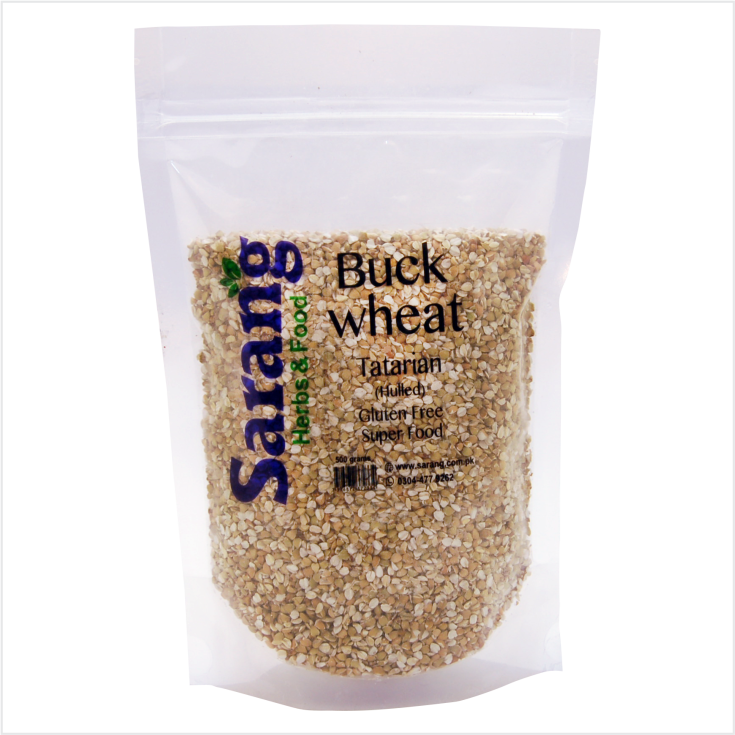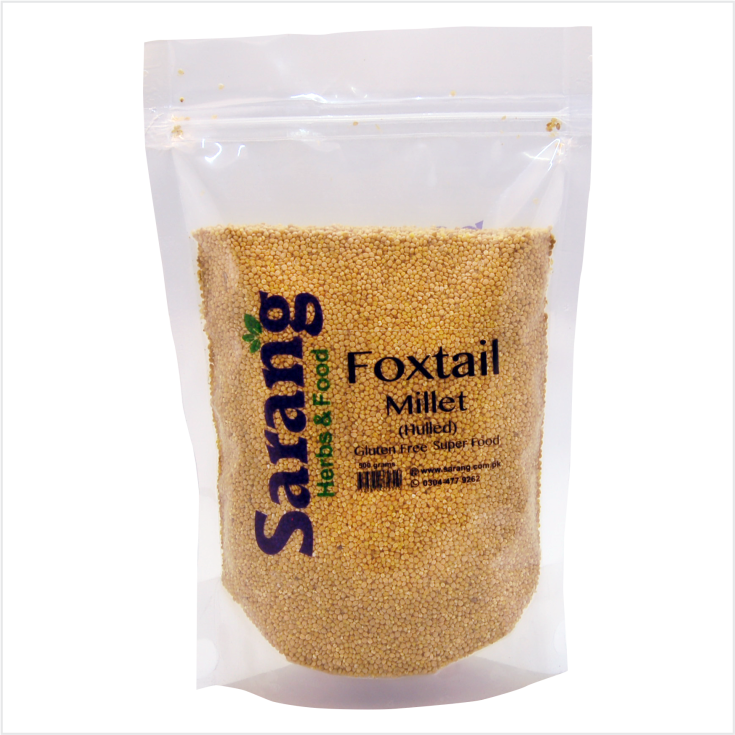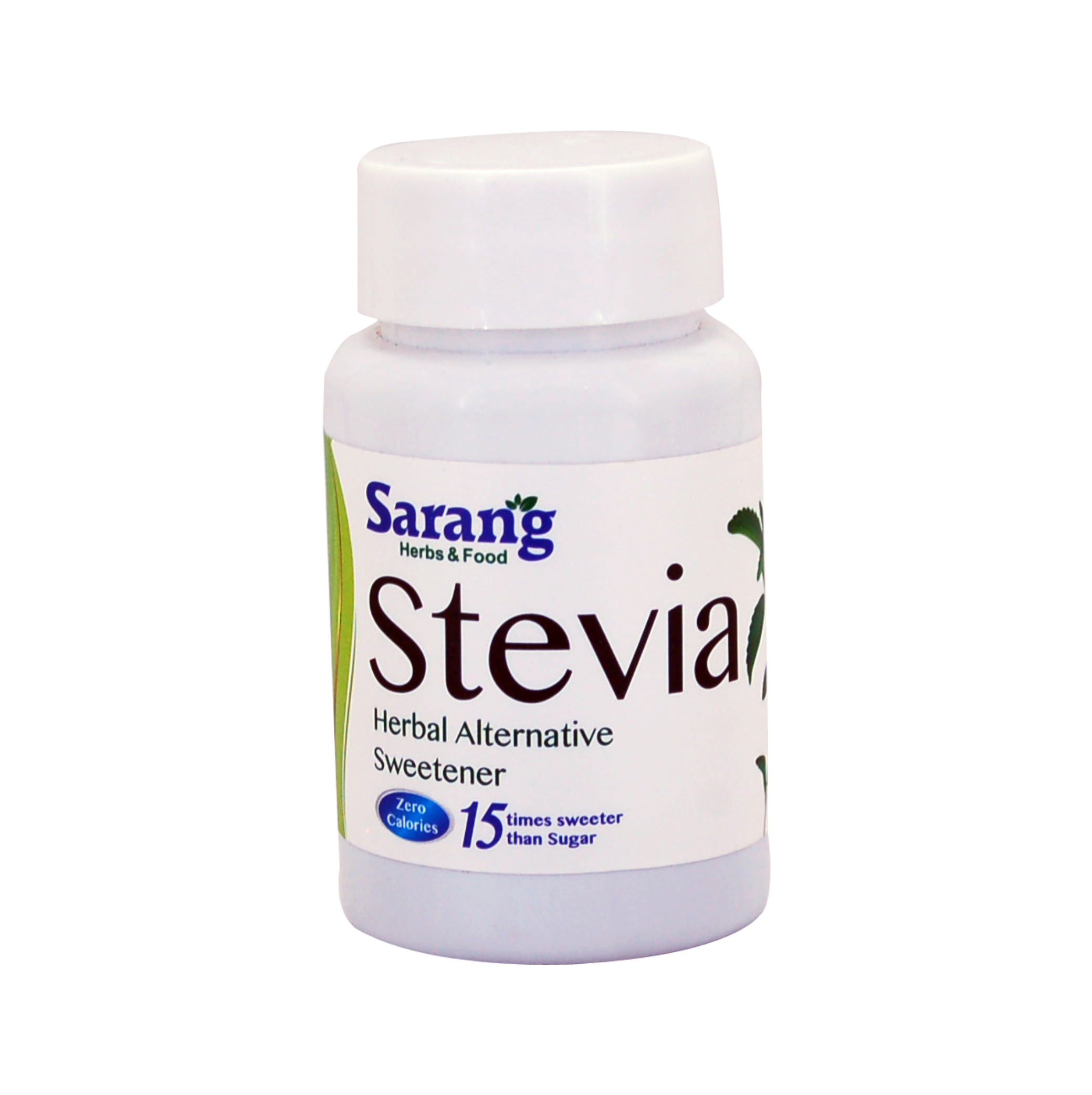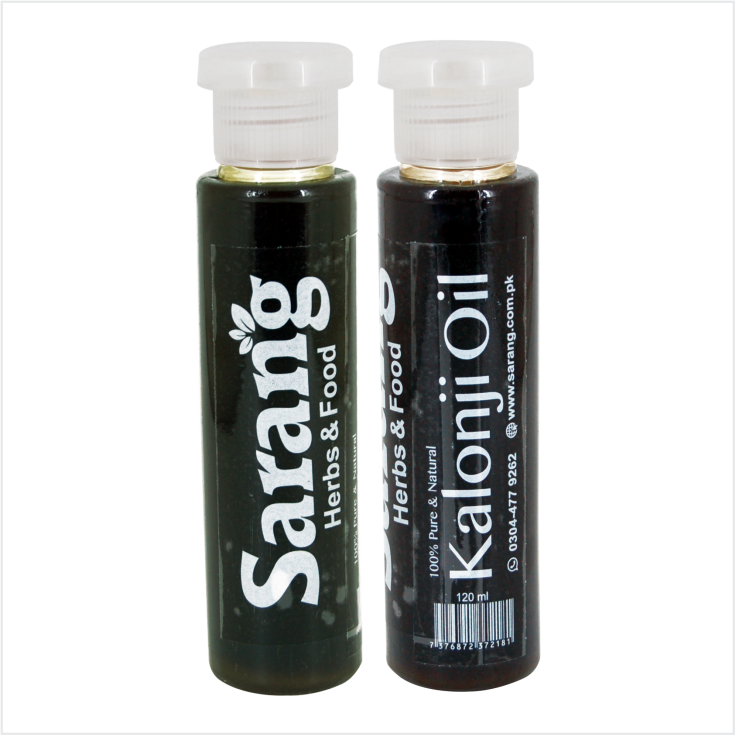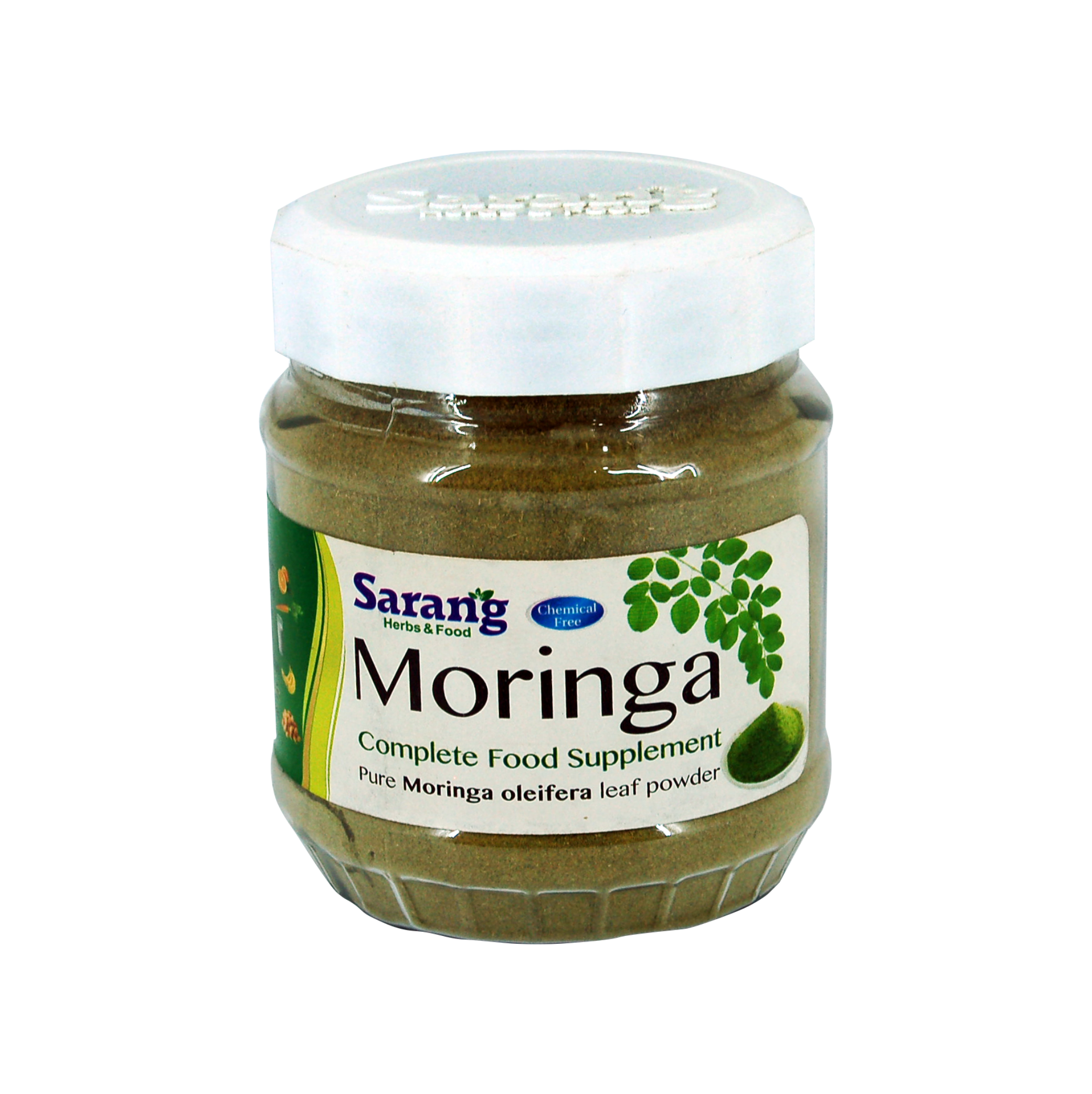Description
Buckwheat (Tatarian)
There are two common types of modern buckwheat, Common buckwheat (Fagopyrum esculentum) and Tartary buckwheat (Fagopyrum tartaricum). The main differences between these two varieties is their breeding system and preferred climate. Tatary buckwheat is a self-fertile plant and a little bitter in taste.
The unique composition of Tartary buckwheat contributes to their various health benefits such as anti-oxidative, anti-cancer, anti-hypertension, anti-diabetic, cholesterol-lowering, and cognition-improving. Studies indicate that people who regularly eat buckwheat products have lower cholesterol, triglycerides, and blood glucose levels. By helping to manage these risk factors, a diet rich in buckwheat helps to reduce your chances of developing cardiovascular disease
Buckwheat is rich in manganese, a trace mineral which is important for bone health. Manganese should be gleaned from the diet, and buckwheat is a great source of this. Regular consumption of buckwheat can help with strengthening connective tissue, absorbing calcium and reducing risk of developing osteoporosis.
Buckwheat is healthier than wheat for those who are on a gluten-free diet and it is an excellent option due to its high fiber and nutrient content. Buckwheat, widely considered a super food, contains several good nutrients for your health.
Buckwheat has a high mineral and antioxidant content, resulting in several health benefits. Buckwheat contains more protein than rice and has higher essential amino acids, including lysine and arginine (essential for children). Buckwheat is gluten-free, hence safe for people with a gluten allergy or celiac disease.
Protein and indigestible carbohydrates (fiber and resistant starch) of buckwheat (particularly Tartary buckwheat) can be used as potential functional food additives to treat conditions such as hypertension, obesity, and constipation.
Buckwheat contains more fiber, potassium, vitamins and less saturated fat than oatmeal.
It can help you lose extra pounds fast. It improves the function of the digestive tract and stimulates the growth of valuable micro flora in the bowels. It purifies the blood. It makes you feel full and reduces sugar cravings
Protein Second only to oats, buckwheat contains very high protein levels. Although some of that may be hard to digest for children or people with digestive problems, for healthy adults it’s a great source of protein. Soluble fiber this helps slow down the glucose absorption and contributes to digestive health.
Unless someone is allergic to buckwheat, people with celiac disease or gluten sensitivity can eat buckwheat produced in a facility free of gluten safely. Allergies to latex or other foods, including rice: Some people who are allergic to rice might also become allergic to buckwheat.
It contains high amounts of B vitamins, magnesium, manganese, and phosphorus. These vitamins and minerals can help your body stay healthy and able to perform muscle building exercises. Buckwheat is valuable sources of dietary amino acids, beneficially modulating gastrointestinal hormones
Nutrition Facts
One cup (about 168 grams) of cooked buckwheat groats contains approximately: 155 calories. 33.5 grams carbohydrates
Does cooking buckwheat destroy nutrients?
Barley and buckwheat groats are products very rich in bioactive substances such as dietary fiber and polyphenols. Boiling for 30 min in 2:1 (water: groats) ratio does not affect the nutritional properties of buckwheat groats in any negative way. Medical authorities recommend that adults get between 20 and 35 grams of fiber per day. If you eat 3/4 cup of buckwheat groats as a hot cereal for breakfast, you are off to a great start. Buckwheat ‘grains’ or seeds are also known as ‘groats’ and can be simmered until tender. It’s common practice to wash the grains well before use, but when soaked and then baked, they add crunch to granolas and salads. When soaked and blended before simmering, the buckwheat breaks down into porridge
To Brew with a Teapot
- Boil 3⅓ cups of water; add 2 Tbsp buckwheat grains to a teapot.
- Pour the boiling water over the buckwheat in the teapot. Allow the tea to steep for 3–4 minutes before straining.
- Serve hot.

